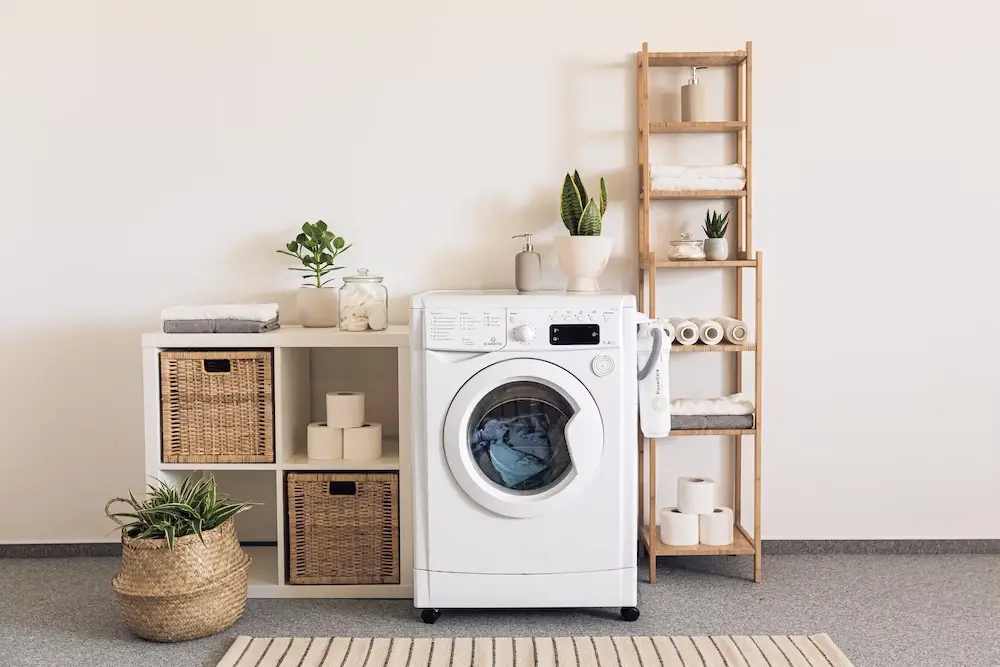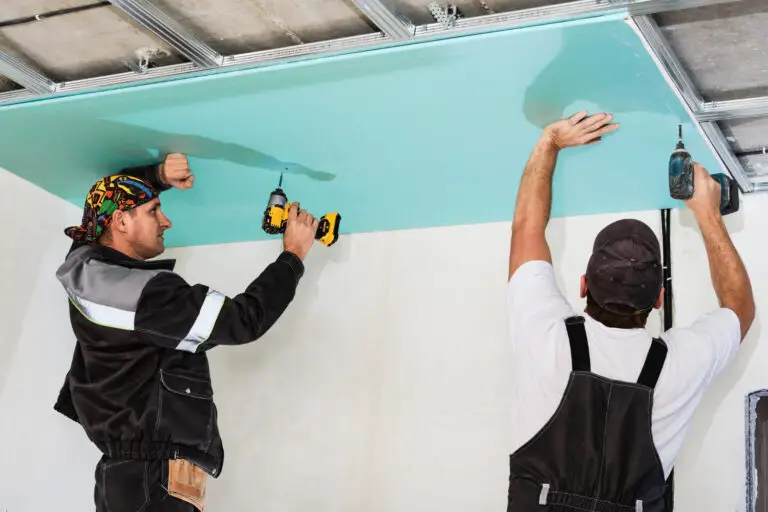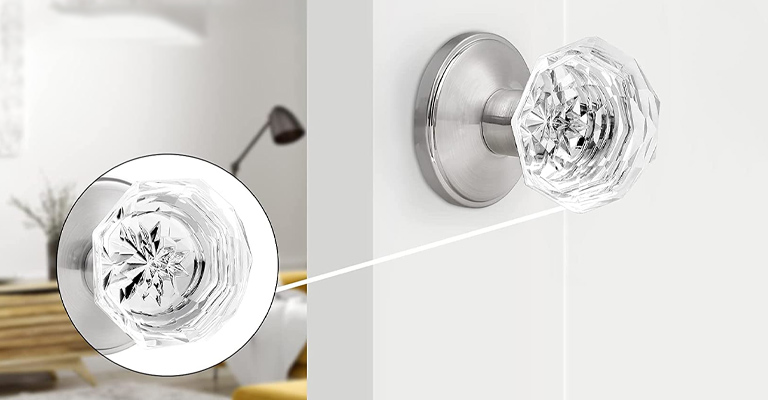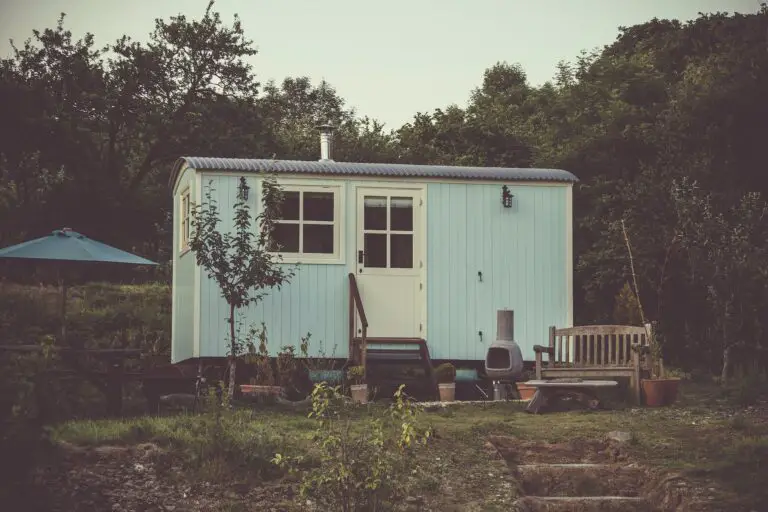The Perfect Laundry Room Dimensions

Laundry rooms have long been an essential part of many households. They offer a designated space for the often-dreaded task of laundering clothes and linens. But as crucial as the machines and storage spaces inside the laundry room are, it’s equally vital to ensure that the room’s dimensions suit its purpose efficiently.
Why are Proper Dimensions Important?
Having a laundry room with optimal dimensions ensures you have adequate space to move around, sort, wash, dry, and fold clothes. It also provides ample room for other essential items such as ironing boards, laundry baskets, and storage units. When designing or remodeling a laundry room, it’s important to consider the right dimensions to make the space functional and efficient.
Standard Laundry Room Size
The average laundry room size ranges between 35 to 50 square feet, which is about 5×7 feet or 6×8 feet. These dimensions allow homeowners to accommodate standard washers and dryers comfortably. However, the ideal size might vary based on the size of your appliances and your laundry needs.
Washer and Dryer Space
The dimensions of your washer and dryer will significantly influence the size of your laundry room. Typically:
Front-loading washers average 27 inches in width, 30-34 inches in depth, and 38 inches in height.
Top-loading washers can be slightly wider, often measuring 27-28 inches wide, 26-28 inches deep, and 42-43 inches high.
Dryers tend to match their washer counterparts in width and height but might be a tad deeper, averaging around 28-34 inches.
Ensure a couple of inches on each side and behind the appliances for ventilation and hook-ups. If you’re planning on stacking a front-loading washer and dryer, you’ll need a height of at least 76 inches.
Utility Sink & Counter Space
If you intend to have a utility sink in your laundry room, allocate a space of at least 24 inches in width and 22 inches in depth. For counter space where you can fold clothes or treat stains, aim for a depth of 24 inches and a length that meets your needs, typically around 5 feet or more.
Storage and Cabinets
To store detergents, fabric softeners, and other laundry essentials, you’ll want cabinets or shelves. Upper cabinets are typically 12 inches deep and 30 inches high, while base cabinets are around 24 inches deep and 34.5 inches high.
Accessibility and Traffic Flow
Ensure there’s at least a 42-inch clearance in front of your washer and dryer, so there’s room to open doors and move about comfortably. If your laundry room doubles as a mudroom, consider wider dimensions to accommodate shoes, coats, and other items.
Ceiling Height
While standard room ceiling heights are 8 feet, if you’re looking to hang drying racks from the ceiling or have taller storage units, you may want a taller ceiling. However, an 8-foot ceiling is sufficient for most laundry room needs.
Multi-Functional Laundry Rooms
For homeowners with limited space, the laundry room often serves multiple purposes. It may double as a pantry, mudroom, or storage area. When this is the case, consider the dimensions needed for each function:
Pantry
If you’re storing non-perishable foods and kitchen essentials, allocate space for shelves or cabinets. Standard pantry cabinets are around 84 to 94 inches high, 12 to 24 inches deep, and 12 to 36 inches wide.
Mudroom
For those using part of the laundry room as a mudroom, provide space for a bench, hooks for coats, and storage for shoes. A bench typically requires a depth of at least 18 inches and a width that suits your space.
Storage Area
If you’re storing miscellaneous items, consider customizable shelving that can adapt to various items’ sizes.
Ventilation and Lighting
Ventilation is vital in a laundry room to prevent moisture buildup, which can lead to mold and mildew. Make sure there’s at least one window or an efficient exhaust fan. As for lighting, bright, clear lighting is essential. Recessed ceiling lights or bright wall sconces can provide the illumination you need. Remember, a well-lit room not only helps with tasks but also makes the space feel larger and more inviting.
Special Considerations for Apartments and Condos
In apartments and condos, laundry rooms are often compact or even non-existent. Residents might have a washer-dryer combo unit tucked away in a closet. If this is your situation, the primary dimension to concern yourself with is the closet’s depth to ensure the unit fits, typically requiring a depth of at least 28-30 inches.
Aesthetics and Layout
While dimensions and functionality are critical, don’t neglect the aesthetic appeal. A pleasant laundry room environment can make the chore less tedious. Opt for soft, calming colors, and if space allows, consider adding a small plant or artwork. The layout should also promote a logical flow from sorting, washing, drying, folding, and storing.
Conclusion
Laundry room design has seen a significant evolution. From mere laundry closets to expansive separate laundry rooms, homeowners are now prioritizing both aesthetics and function. Whether you’re grappling with a small laundry room or strategizing the layout for large laundry rooms, the key is to maximize every inch. The integration of features like an ironing board, laundry room sink, and dedicated storage for cleaning supplies can make even compact laundry spaces efficient.
Remember, standard laundry room dimensions might serve as a benchmark, but today’s homes often flex these norms to accommodate stacked washers in laundry closets or expansive laundry sinks in larger areas. Ultimately, the perfect laundry room layout considers the unique dynamics of each household, ensuring that every laundry day is a seamless experience. The versatility of today’s laundry room layouts highlights the adaptability of modern home designs.
While some may prefer a separate laundry room, complete with a spacious laundry sink and ample storage for cleaning supplies, others might lean towards efficient laundry closets that save on space yet cater to all their laundry needs. Crucial elements like the ironing board need not consume a significant chunk of your laundry space, with innovative designs making them retractable or even wall-mounted. Whether you’re working with standard laundry room dimensions or customizing a room to fit a stacked washer, the goal remains consistent: to create a space that’s both functional and aesthetically pleasing.







